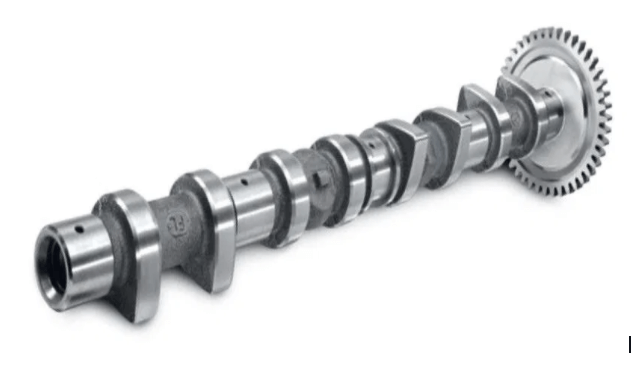Today, engines are developed to become more complex. A camshaft is an essential component located below the engine in modern-day automobiles. The car engine works accurately when the camshaft and crankshaft perform in perfect coordination and timing.
The camshaft of the engine is responsible for transforming the rotational motion into linear motion. When your automotive is facing some serious issues, you can think of changing the camshaft. Besides, a camshaft can be replaced to maximize the performance of a car engine.
However, every engine has its individual way of functioning. So, evaluate the matter properly before considering the installation of a camshaft in your automobile.
We have covered all the steps that will help you to install a camshaft in your car engine quickly. Let’s check them out!
Simple Steps to Install Camshaft of Your Car Engine
- Step 1
Initially, you are required to remove the shroud of the radiator fan and drive belt attachments. Once the coolant is drained out, remove the radiator’s hoses from the water pump, followed by the radiator itself.
Remember to notice the placement of all these components before removing them from the engine. As you start affixing the parts make sure to store them in a box or a plastic bag.
- Step 2
Next comes the water pump, where you have to detach all its gears like an A.C bracket, steering pump, and alternator. Remove other parts from the timing cover including the crankshaft pulley and water pump. Turn on the engine to locate the timing mark as the camshaft, timing chain, and crankshaft engine are exposed.
Observe that the marks are aligned with the engine’s rotation, in which piston number one remains at the top of the dead center (TDC). Ensure to align these marks to avoid damage to the automotive engine. Also, check whether the harmonic balancer has been taken off or not.
- Step 3
Now, take off the valve covers, loosen the rocker shafts, and then remove the pushrods. Have parts like the camshaft lifter, distributor, carburetor, and intake manifold removed? Take off the timing gear of your camshaft sprocket bolts from the front-engine. It should be followed by slipping the sprocket off and removing the timing chain.
If your engine has crossed 10,000 miles, consider replacing the timing chain. Since a stretched chain can impact the ignition timing and cam. Get the sprocket re-installed and slowly slide the camshaft forward from the engine block.
- Step 4
How about a clean installation of the camshaft and other components? Wash the valve gear parts and camshaft in a solvent to get rid of the excess dust accumulation during transport. Lay these components on a paper towel to dry the parts properly before installation.
You can be a step ahead by checking the camshaft and valve gear components against the car manual. This is to validate the perfect matching of all the equipment.
- Step 5
Don’t forget to apply assembly lubes to the distributor gear, cam lobes, and bearing journals. Once the cam is nearly inside, set up the timing sprocket to the cam nose and use it for support.
Now, pivot the cam’s timing at 6 o’clock, and the crankshaft timing at 12 o’clock. Install the timing chain after removing the sprocket and note the timing marks are there. The base of the cam filters should be applied with lubricants and set in the bores.
- Step 6
Get all your components re-installed inside the engine in reverse order with the new gasket and seas. Scrape all the old gasket out from the mating surface completely and set the timing with a cover of a new seal.
All the bolts and fasteners should be tightened to the spectacles. As these auto parts are reassembled, you are almost ready to start your car.
- Step 7
Finally, it’s time to get the oil changed and ensure that the coolant is filled up to the level. Follow the instructions properly to start the engine. At this point, the engine should be operated at 2,500–3,000 RPM at 20-30 minutes break in it with a flat tappet cam.
Even if the engine requires to be out of operation, don’t leave it idle. Following the break-in period, change the filter and engine oil. Refer to the recommendation of the manufacturer at this stage.
Bottom Line
Now, that you are aware of the steps to install a camshaft in a car engine, you will have some idea to get started. These steps ensure maximum performance of the engine with an extended life.
Some automobiles can incorporate more elaborate process, and failing to do it correctly can create additional problems on the engine. If you are getting difficulties understanding the process, reach to certified professionals at Boodmo.




